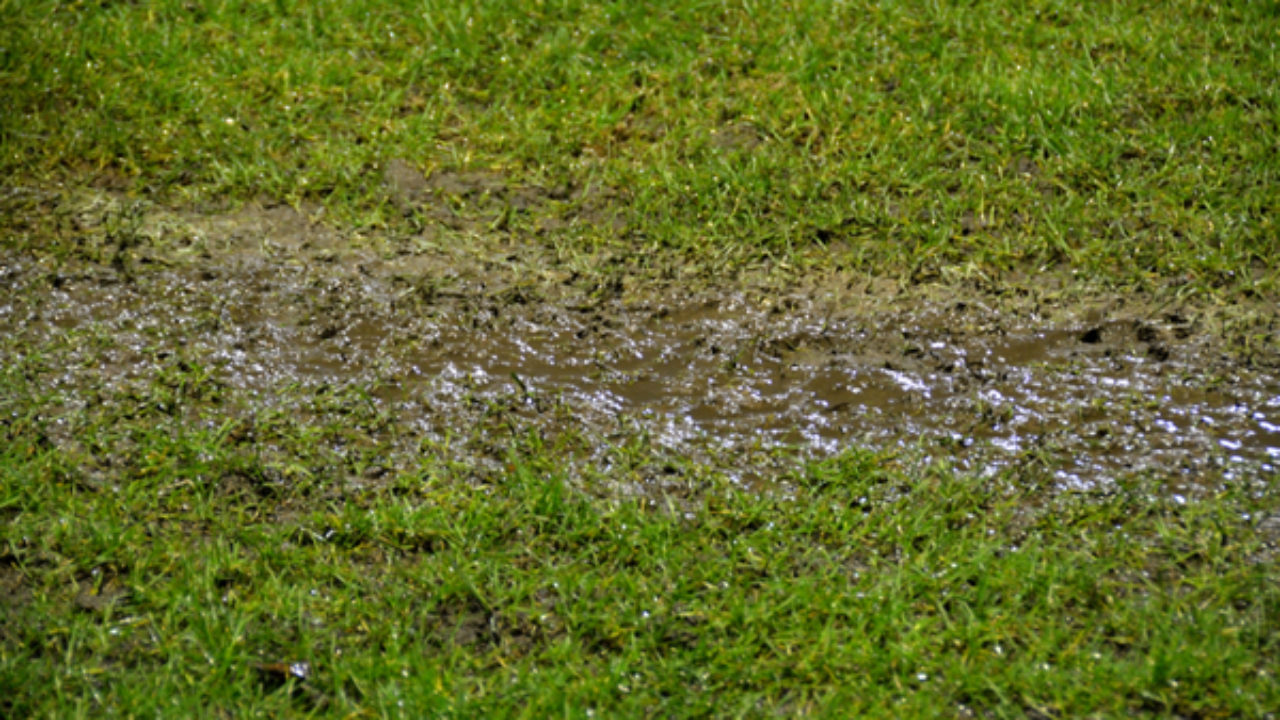This post listed below pertaining to Detecting hidden plumbing leaks is immensely enjoyable. Read it for your own benefit and figure out what you think of it.

Early detection of dripping water lines can reduce a potential calamity. Some tiny water leakages may not be visible.
1. Check Out the Water Meter
Examining it is a surefire means that helps you uncover leakages. If it moves, that suggests a fast-moving leak. This suggests you may have a slow-moving leakage that can even be below ground.
2. Inspect Water Consumption
Examine your water costs and also track your water consumption. As the one paying it, you must notice if there are any type of disparities. If you identify sudden changes, in spite of your usage coinciding, it means that you have leaks in your plumbing system. Remember, your water expense ought to fall under the very same variety monthly. An unexpected spike in your expense indicates a fast-moving leak.
Meanwhile, a stable increase monthly, even with the very same habits, reveals you have a sluggish leak that's likewise slowly escalating. Call a plumber to extensively check your property, specifically if you really feel a warm location on your flooring with piping below.
3. Do a Food Coloring Examination
30% comes from bathrooms when it comes to water usage. Test to see if they are running effectively. Decrease specks of food color in the container and wait 10 minutes. There's a leakage in between the container and also dish if the shade somehow infiltrates your bowl throughout that time without flushing.
4. Asses Outside Lines
Don't forget to inspect your exterior water lines too. Test spigots by connecting a garden hose pipe. Should water seep out of the link, you have a loose rubber gasket. Change this and also make sure all links are tight. If you have actually obtained an automatic sprinkler, it will assist get it skillfully examined and also kept each year. One tiny leak can lose lots of water and also surge your water costs.
5. Examine the circumstance and also evaluate
Homeowners need to make it a routine to check under the sink counters and also also inside closets for any bad odor or mold and mildew development. These 2 red flags suggest a leakage so prompt focus is required. Doing regular inspections, also bi-annually, can save you from a major trouble.
Examine for stainings and weakening as a lot of pipes and also home appliances have a life span. If you suspect dripping water lines in your plumbing system, do not wait for it to rise.
Early detection of dripping water lines can alleviate a potential calamity. Some tiny water leaks may not be visible. Checking it is a surefire means that aids you uncover leaks. One little leakage can lose loads of water as well as surge your water expense.
If you suspect dripping water lines in your plumbing system, don't wait for it to intensify.
How to Know If Your Home Has a Hidden Leak
Water Meter Reveals Inexplicable Water Usage
If you’d like to test whether or not there’s a leak somewhere in your home, you can do this using your water meter. Here is how to conduct the test:
Don’t use any water in your home for at least 30 minutes; this also means not turning on faucets or water-using appliances.
Go outside, and check your water meter for activity.
If your water meter shows that there was activity, even though no one was using any water, this proves that there is a leak in your home.Visible Mold or Mildew Growth
Leaks behind walls create moist, dark environments that allow mold and mildew to grow and thrive. Eventually, you might see mold growth forming on the wall closest to a hidden leak.
If mold is growing in an area that receives a high amount of moisture, such as a bathroom, it may simply be an indication that better ventilation is needed. However, if you see mold growth on a wall or the ceiling in an area where you would not expect, you probably have a hidden leak.
Musty, Mildew Odor
Sometimes you might not be able to see the mold or mildew that is growing as a result of a leak. However, the smell can give the problem away just as easily. If you catch a whiff of something musty, there’s a good chance that old water is collecting somewhere in your home that you can’t see.
Stained/Warped Walls, Ceilings, or Floors
When your home soaks up water, a variety of red flags can become visible, including ceiling stains, bubbling drywall, warped walls, and sagging floors. While these issues can be caused by excess humidity, they can also be signs that a pipe or plumbing connection has started leaking behind your walls.
Inexplicably High Water Bill
After a while, you get a general sense for what your water bill should be. If you own a pool or sprinkler system, your bill will tend to be higher during summer. However, if you receive a water bill that seems especially high, and you can’t figure out what caused it, then you may have a hidden leak somewhere that’s increasing your bill.
https://www.plumbingjoint.com/blog/2019/july/how-to-know-if-your-home-has-a-hidden-leak/

We were made aware of that editorial on Detecting hidden plumbing leaks through an associate on a different web property. Don't hesitate to take a moment to share this blog entry if you liked it. Thank you for your time. Visit us again soon.